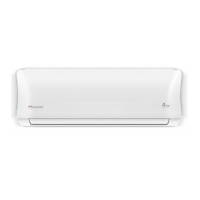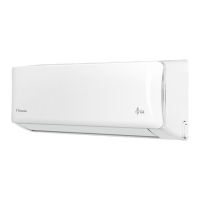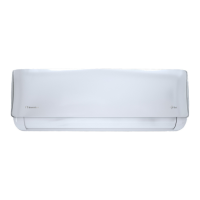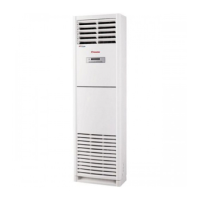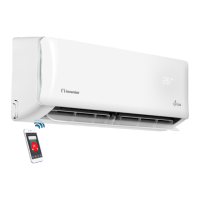
Do you have a question about the INVENTOR AR5VI-12WFI/AR5VO-12 and is the answer not in the manual?
| Cooling Capacity | 12000 BTU/h |
|---|---|
| Energy Class Cooling | A++ |
| Energy Class Heating | A+ |
| SEER | 6.1 |
| SCOP | 4.0 |
| Wi-Fi | Yes |
| Power Supply | 220-240V, 50Hz |
| Energy Efficiency Ratio (EER) | 3.2 |
| Refrigerant | R32 |
| Air Flow (Indoor) | 550 m³/h |
| Type | Split |
| Heating Capacity | 13000 BTU/h |
| Outdoor Unit Dimensions (WxHxD) | 720x270x495 mm |
Wi-Fi connection requirements and initial setup steps for the device.
System compatibility, app updates, and important notices for usage.
Instructions and QR codes for downloading the Inventor Control application.
Steps to create a new home, set its location using a map, and define rooms.
Process for joining an existing home using an invitation code.
Options to edit home name, rooms, location, and members.
Inviting and managing members, defining their roles (Administrator/Member).
Options to manage profile photo, nickname, temperature units, and time zone.
Features for binding phone/email, verifying region, changing password, and pattern lock.
Step-by-step guide for connecting the air conditioner using AP mode.
Accessing and using quick controls for power, temperature, mode, and fan speed.
Interacting with the air conditioner unit by tapping its photo.
Understanding the indicators on the air conditioner's interface.
Detailed steps for operating the air conditioner via the app.
Accessing settings for features like Time Schedule within the control interface.
Process for creating new automated scenarios based on conditions.
Choosing conditions like Tap-to-Run, weather changes, time, or device status.
Setting scenarios based on temperature, humidity, weather, PM2.5, air quality, and wind speed.
Creating automated scenarios based on specific days and times.
Creating scenarios triggered by changes in the device's operational status.
Defining actions like running the device, sending notifications, or setting time delays.
Reviewing and saving configured Smart Scenarios.
Managing the active or inactive status of automated smart scenarios.
Including manual (Tap-to-Run) scenarios as shortcuts on the main page.
Configuring cooling operations based on outdoor temperature conditions.
